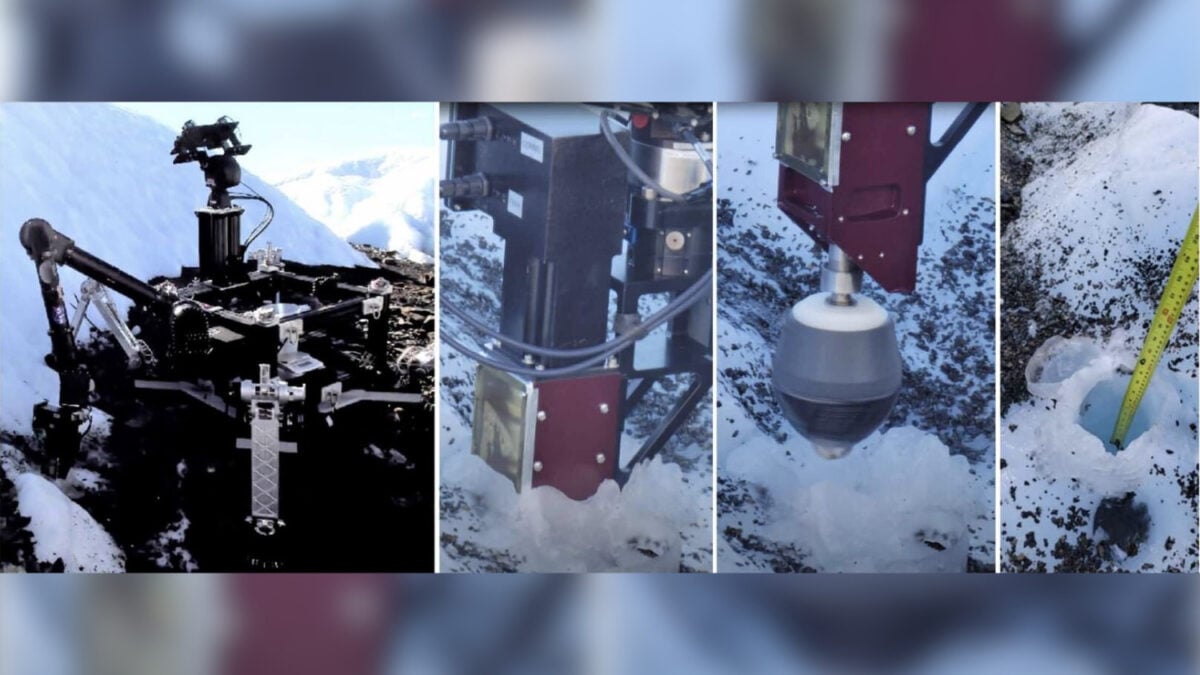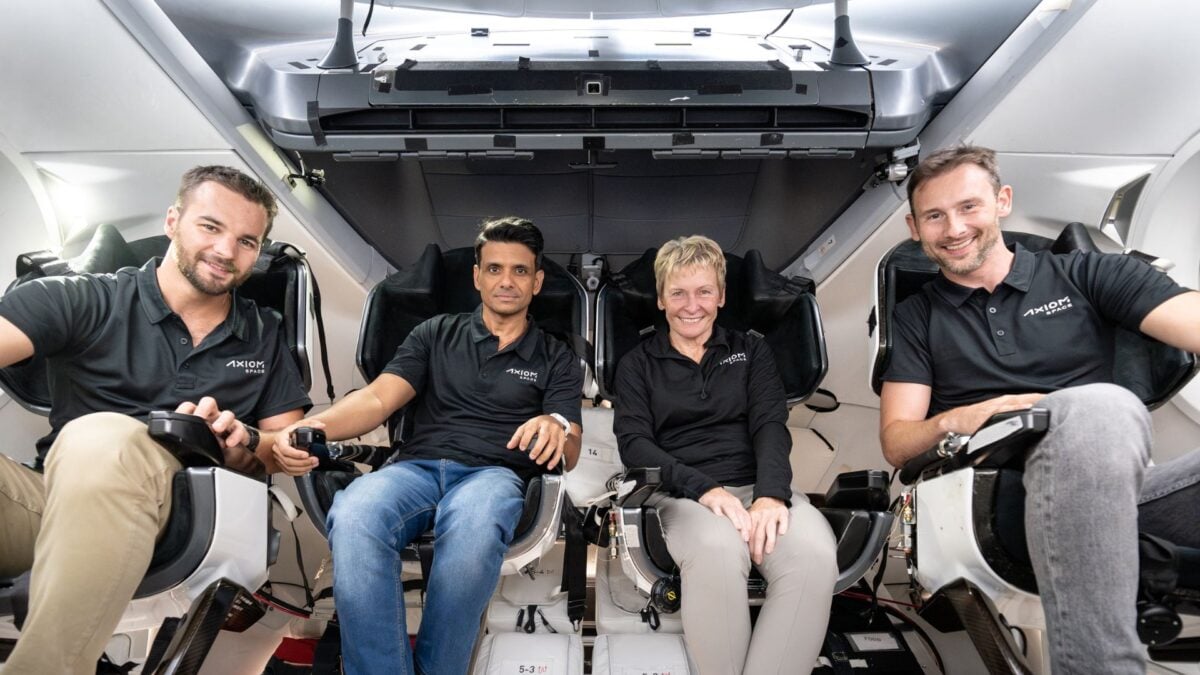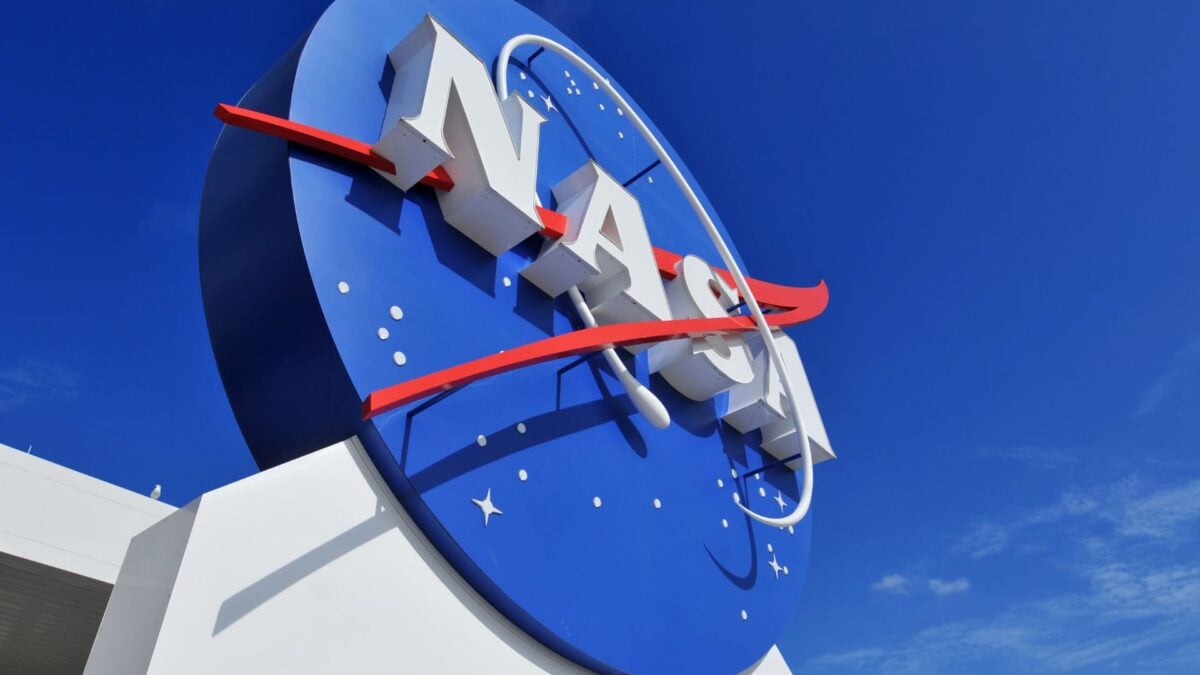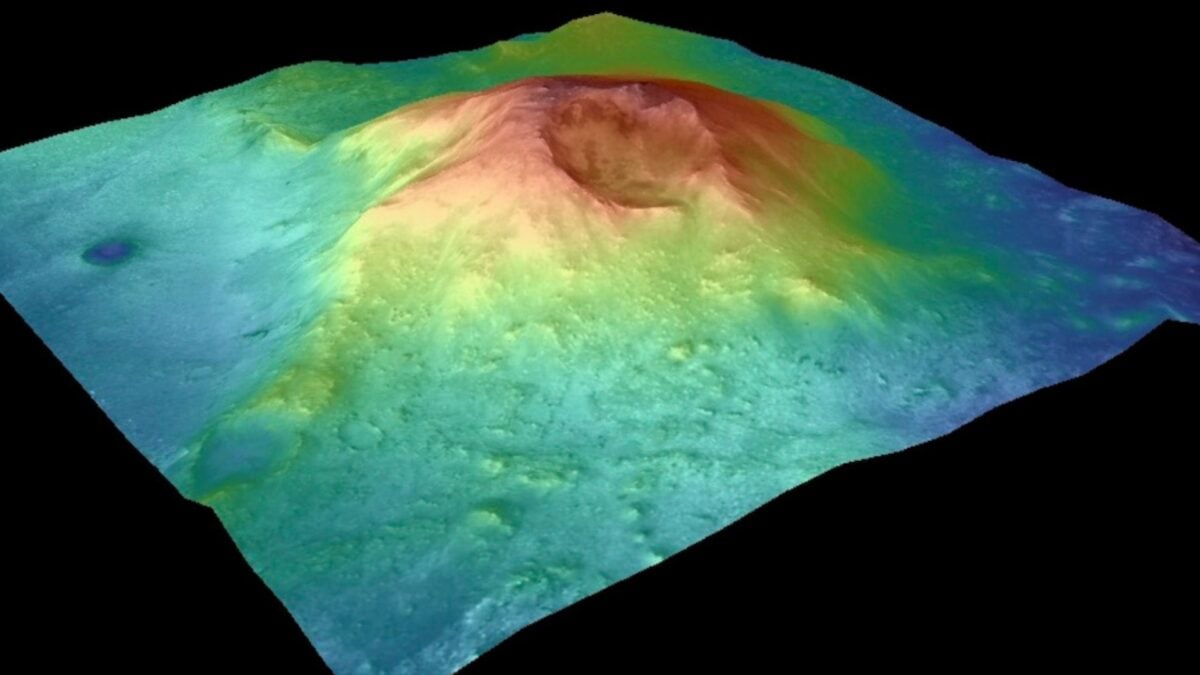After a decade of development for a mission to Jupiter’s moon Europa, a sophisticated, partially autonomous NASA lander may find a new purpose. Although the ambitious Europa project faced cancellation, engineers at NASA’s Jet Propulsion Laboratory (JPL) are now advocating for this ice-exploring robot to investigate Saturn’s intriguing moon, Enceladus, another prime candidate in the search for extraterrestrial life.
Europa: A Prime Target for Astrobiology
Europa has long captivated scientists due to strong evidence suggesting a vast saltwater ocean beneath its icy shell, a potential habitat for microbial organisms. The Europa Lander prototype, detailed in a recent Science Robotics paper, was meticulously designed for this challenging environment. This four-legged robot was engineered to navigate Europa’s surface by walking, autonomously analyze the terrain, collect samples, and drill into its frozen crust, all with minimal real-time input from Earth due to the significant communication delays over the 568 million miles (914 million kilometers) distance.
Advanced Engineering for a Hostile World
The lander was conceived to operate autonomously for extended periods, equipped with state-of-the-art technology. Its features included stereoscopic cameras for navigation and analysis, a versatile robotic arm for sample collection, powerful LED lights for illuminating the dark Jovian environment, and specialized materials to withstand extreme radiation and temperatures. Europa’s surface temperatures plummet from approximately -210 degrees Fahrenheit (-134 degrees Celsius) at its equator to a frigid -370 degrees Fahrenheit (-223 degrees Celsius) at its poles, demanding exceptional resilience from any exploratory hardware. [internal_links]
Mission Setbacks and a Change of Plans
Years of rigorous development, encompassing laboratory tests at JPL, advanced computer simulations, and a conclusive field trial on Alaskan icy terrain, confirmed the Europa Lander’s readiness. It successfully passed all evaluations, poised to explore the solar system’s icy frontiers. However, NASA ultimately halted the mission. The official reasons cited involved the formidable challenges of reaching Europa, including its intense radiation environment, the vast distance from Earth, and constrained observation windows. Compounding these issues were significant proposed budget cuts to NASA’s planetary science programs, which impacted the feasibility of such a flagship mission.
A New Hope: Enceladus on the Horizon
Despite the setback, the JPL engineers are not abandoning their creation. They are now actively proposing Enceladus, an ice-covered moon of Saturn, as an alternative destination. Enceladus also harbors a subsurface ocean, with plumes of water vapor erupting from its south pole, offering tantalizing prospects for astrobiology. While still a very cold world, Enceladus presents a less harsh radiation environment and more favorable access windows for a robotic explorer compared to Europa, making it a scientifically compelling and logistically more attainable target for the well-developed lander.
The future of this ice-walking robot, designed for a groundbreaking moonwalk, remains uncertain. However, its sophisticated capabilities and the persistent efforts of its creators offer hope that it will eventually get its chance to explore one of the solar system’s enigmatic ocean worlds, contributing valuable insights in our quest to find life beyond Earth.











